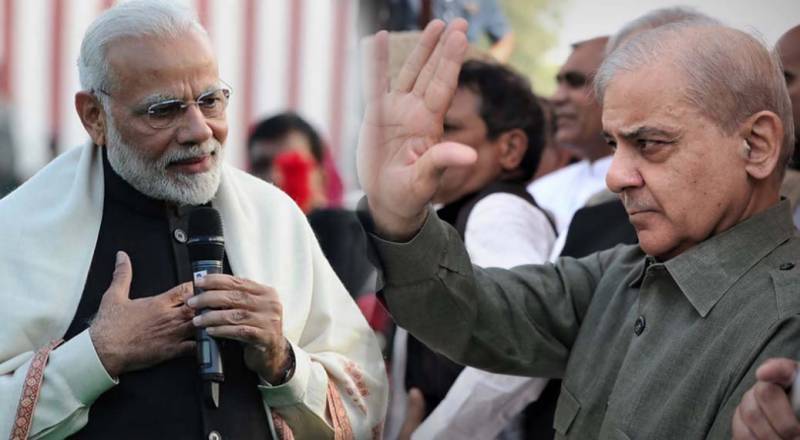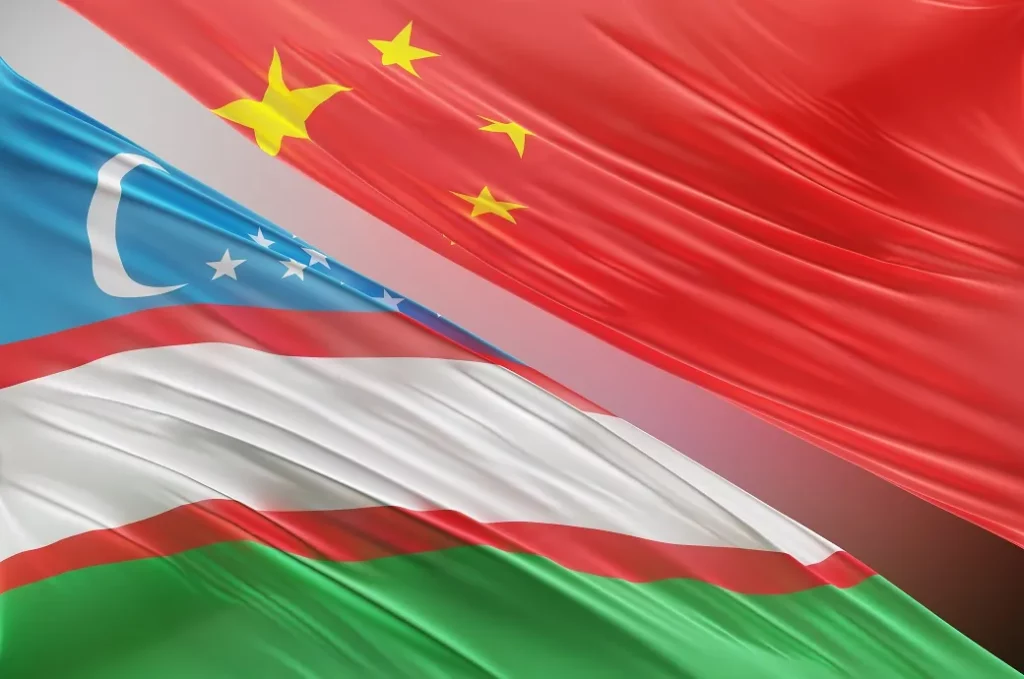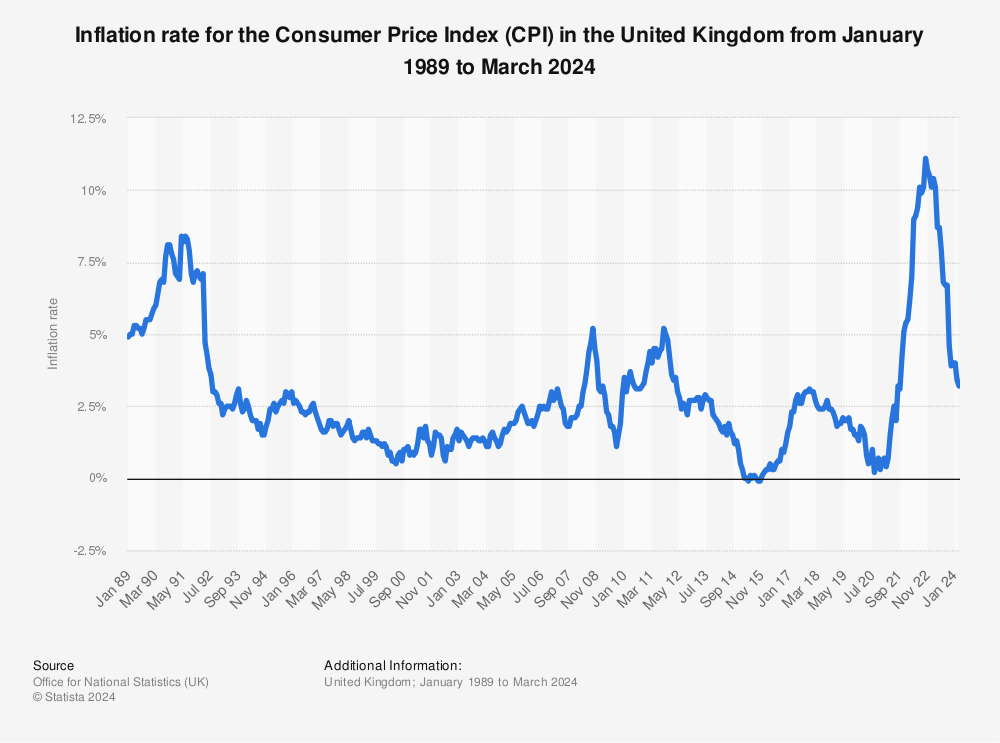Okay, folks, let’s talk about a potential tremor in South Asia. Pakistan’s Foreign Office has just released a statement expressing its desire for ‘constructive diplomacy and comprehensive dialogue’ with India. Seeking resolutions to all outstanding issues? Sounds… optimistic, doesn’t it? Frankly, after years of frosty relations and escalating tensions, this feels like a significant, albeit tentative, move.

Photo source:en.dailypakistan.com.pk
Now, let’s be real. This isn’t coming out of the blue. Pakistan’s economic situation is, shall we say, precarious. A stable relationship with India isn’t just about peace; it’s about trade, connectivity, and a much-needed economic lifeline. Don’t mistake this for altruism.
But here’s a deeper dive for my astute followers. What does ‘constructive diplomacy’ and ‘comprehensive dialogue’ even mean? Historically, it’s meant everything and nothing. India’s core demand centers around Pakistan taking demonstrable action against cross-border terrorism. Until that shifts, any talk is just that – talk.
Understanding South Asian Geopolitics: A Quick Primer
For those newer to the region, the India-Pakistan dynamic is rooted in a deeply contested history, stemming from the 1947 partition. This has led to multiple wars and decades of mutual mistrust.
The Kashmir dispute remains the central, most volatile point of contention. Both nations claim the region in full, but currently it is divided. Any progress requires addressing this issue head-on.
Economic interdependence is a key factor. Increased trade could benefit both economies significantly but is hampered by political obstacles and security concerns.
Ultimately, sustained dialogue relies on building trust. Regular communication, even during times of crisis, is essential but historically difficult to maintain.






